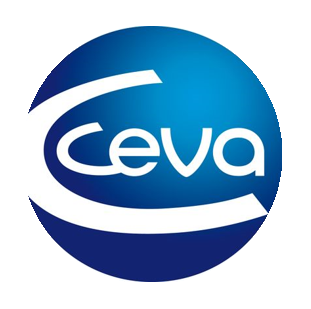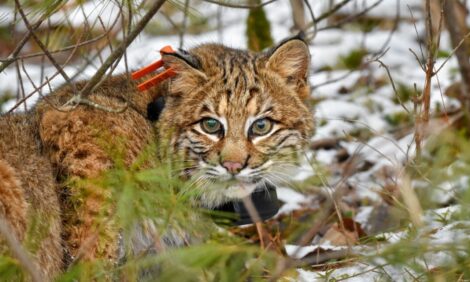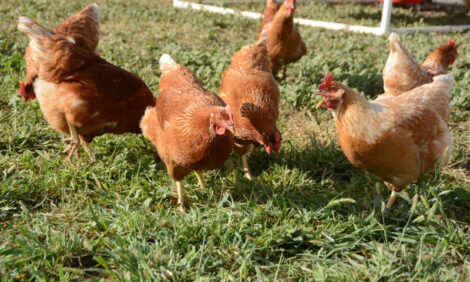



Next-generation vaccines: The key to stopping avian flu before it spreads
Once vaccinated, a chick remains protected all along its life, and vaccinated birds can be differentiated from infected birds allowing DIVA strategy
As the Highly Pathogenic Avian Influenza (HPAI) virus continues its unprecedented global spread, the race to develop effective vaccination strategies has become more urgent than ever. With the virus causing record-breaking losses in poultry industries worldwide and establishing permanent footholds in wildlife populations, next-generation vaccines represent a crucial turning point in humanity's fight against this devastating disease.
The global impact of avian flu
Previously confined to Asia, the HPAI virus now affects the entire world. Europe and North America are experiencing epizootics annually, and some previously untouched continents, such as South America, are also being affected. The usual "seasonality" of the virus is starting to disappear as in 2022, the virus established itself permanently in resident wildlife and among migratory birds that spend the Summer in the Northern Hemisphere for the first time.
While still rare, human infections can result in severe illness with a high mortality rate. Over the past 20 years, 954 human cases of avian influenza A(H5N1) have been reported globally, with nearly half proving fatal. Since January 2023 alone, 103 cases have been linked to direct exposure to infected birds, dairy cattle, and contaminated environments. As fears over the growing impact of the disease circulate the need for preventative medicine has never been more clear.
Key developments in avian flu vaccinations
Vaccination has been a key strategy in protecting poultry against avian influenza for over a decade. Several key developments and advancements in preventative medicine and vaccines in recent history have been incredibly effective in the fight against avian influenza.
A vaccine suitable for layers, broilers, and practical for farmers was developed thanks to innovative technology applied to a proven 50-year-old vaccine: a frozen vaccine against Marek's disease (HVT). The main advantage of this vaccine is that it includes hatchery vaccination. Vaccinating day-old chicks in a controlled environment allows them to be protected earlier, significantly reducing their risk of infection throughout their lives. Furthermore, only one unique injection is required to provide cross-clade protection including the recent 2.3.4.4 b H5 subtype. Once vaccinated, the chick remains protected all along its life and vaccinated birds can be differentiated from infected birds allowing DIVA strategy that could help in more effective control of avian influenza.
The development of DIVA vaccines, designed to be more adaptable to different virus strains by allowing the distinction between animals naturally infected and those that have been vaccinated, has also been crucial in the response to this outbreak. This distinction is crucial for several reasons including disease surveillance as DIVA vaccines facilitate epidemiological surveillance by enabling veterinarians to differentiate between infected and vaccinated animals. DIVA vaccines help facilitate epidemic control during an outbreak, allowing for the specific targeting of unvaccinated and uninfected animals, contributing to more effective control of virus spread. This helps the management of viral strains as some viruses can undergo mutations, leading to the emergence of new strains. DIVA vaccines can offer flexibility by allowing adjustments in diagnostic tests to account for these variations while maintaining protection against previously targeted strains.
Europe's vaccination response
Europe has been significantly affected by this growing epidemic. The 2021-2022 season saw a record-breaking number of bird cullings, with nearly 50 million poultry eradicated due to avian influenza. In the aftermath of this unprecedented culling in 2022, the 27 Agriculture Ministers endorsed conclusions urging the Commission and the Member States to intensify their efforts in developing vaccination strategies for the prevention and control of HPAI. In this context, France and several European countries, including the Netherlands, Hungary, and Italy, initiated vaccination experimentations for scientific purposes.
For example, in October 2023, the French Ministry of Agriculture and Food Sovereignty conducted its vaccination action plan against HPAI, targeting duck farms. Internationally, this initiative positioned France as the first major poultry-exporting country to implement an innovative vaccination program to enhance farm protection, especially for ducks. The vaccination campaign significantly reduced outbreaks and helped French poultry production recover to pre-crisis levels. In 2024, output rose by 12.1% compared to the previous year, surpassing production levels from 2019. Following the success of the first campaign, France launched the second phase starting in October 2024.
The evolution of avian flu vaccines marks a significant milestone in veterinary medicine. As demonstrated by France's successful vaccination campaign and the broader European response, these next-generation vaccines offer more than just protection; they provide a sustainable path forward for the poultry industry. While the battle against HPAI continues, the remarkable progress in vaccine technology gives hope for a future where avian flu outbreaks can be effectively controlled and prevented, safeguarding animal welfare and food security for generations to come.









